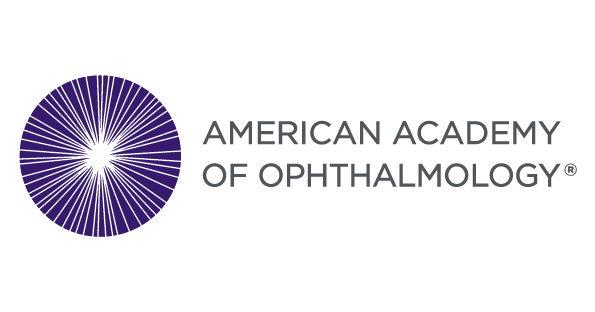- Joined
- Jan 24, 2015
- Messages
- 189
- Reaction score
- 166
With OCT getting greater use yearly and new innovations such as wide field retinal cams like the Optos, do you ever see the indirect exam becoming irrelevant and/or less accurate than imaging each patient?
Could you today ‘get away’ with imaging all of your retina patients in lieu of an indirect exam?
Could you today ‘get away’ with imaging all of your retina patients in lieu of an indirect exam?

